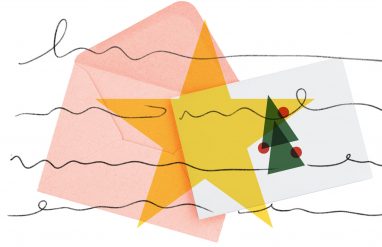Interest in poetry has been on the rise lately. Among students and children, surveys suggest that today around a quarter of them read poetry recreationally and around a fifth write poetry recreationally, which is a significant increase compared to the last decade. Similar significant increases in interest in poetry have been seen among adults, especially young adults.
Since the interest is clearly there, it would make sense to incorporate poetry into a curriculum and to use it to increase student’s engagement with learning. To help, we will explain some of the powerful benefits of teaching poetry as well as provide activities and resources that will assist in teaching poetry to students and children.
The power of poetry
Poetry can be a powerful tool in the classroom. Research and scientific studies have shown that students who engage with poetry as part of their learning demonstrate higher reading skills, creative writing skills, and enthusiasm for literature. Poetry also gives students the opportunity to increase their vocabulary and oral communication skills. Poetry also often allows students to gain higher cultural awareness by being introduced to views, experiences, and societies beyond their own. In addition to all of that, reading poetry has been shown to be good for a person’s mental health and can help students learn empathy and compassion for others.
So, it should go without saying that there are lots of benefits to teaching students poetry. But are there methods to present poetry to students in a way that even those who find poetry intimidating or uninteresting will find engaging?
Poetry activities
To help increase interest in learning poetry, many teachers find it helpful to introduce students to it using different activities. Listed below are just some ideas of activities that may help students find poetry more appealing or exciting.
- Have students read their favorite poem aloud. Ask them to explain why they like it and why they feel a connection to it.
- Create a poem by having each student contribute a line.
- Introduce a new type of poem (acrostic, limerick, haiku, etc.) to students each week and hold a weekly challenge where students write a different style of poem.
- Have students memorize a poem and recite it back.
- Have students write poetry about their favorite thing from popular culture or from the perspective of a favorite fictional character.
- Ask students to find a song they like and see if they can find what poetic techniques the artist used, such as rhyme scheme, metaphor, or personification, for example.
- Build “pop sonnets” by challenging students to transform a modern song into a specific type of poem or to transform a classic poem into a modern pop song.
- Challenge students to make a poem using a weird word list or words that don’t seem to go well together.
Additional Dictionary.com and Thesaurus.com poetry and writing resources
Writing poetry is an exciting way to build vocabulary. And we provide much more than vocabulary resources that can inspire novice and advanced poets alike. Browse our writing guides related to poetry for more ideas.
▶ More Poetry Activities For Kids
In honor of World Poetry Day, we’ve crafted this collection of surefire ways to instill appreciation and excitement for the vast world of poetry.
Here’s what you need to know to write a traditional or modern haiku. Learn the history of this Japanese form and read a variety of examples from the masters.
▶ Poetic Foot vs. Poetic Meter
Poetry has a lot of moving parts, and a great place to start is by understanding rhythm and sequence. Learn the difference between a poetic foot and meter.
▶Are There Any Words Without a Rhyme?
It’s the age-old question… or at least the age-old word game question: are there any words without rhymes?
There’s no better time than now to learn how to talk about the poetry you love. Here are 10 basic terms explained so you’ll be poetry-ready all year long.
▶Poetry Terms For Advanced Poets
Impress your teachers and friends with your knowledge of these advanced poetic terms that will help you read and understand poetry like an expert.
There are many different kinds of poetry out there. Learn more about 12 essential types of poetry to expand your poetry knowledge.
▶Positive Words Starting With A to Z
Seeing the good in life can be tough. Luckily, we have a long list of positive words to help you out—amazing ones and zippy ones and everything in between.
▶Negative Words Starting With A to Z
Life got you down? We can’t always make it better, but we can offer creative ways to express your worldly woes with this A-to-Z list of negative words.
Whether you are trying to defeat writer’s block, practice writing, or increase your creativity, writing prompts are a great tool to incorporate into your writing routine.
Wordplay is no joke! It’s what makes language so lively, after all. Whip your words into a frenzy with these entertaining types of wordplay.
▶ 12 Steps to Improve Your Writing Skills
Writing a paragraph? An essay? Maybe a novel? Regardless of your project, here are 12 things you can do right away to improve your writing.
▶ Writing Activities For Elementary School Students
Looking for ways to get your elementary student to write more? We’ve compiled activities within 6 themes including poetry, weather, and space.
▶ Writing Activities for Middle School Students
These writing activities for middle schoolers can help them improve their skills and channel creativity. Try out a writing activity yourself, too!












